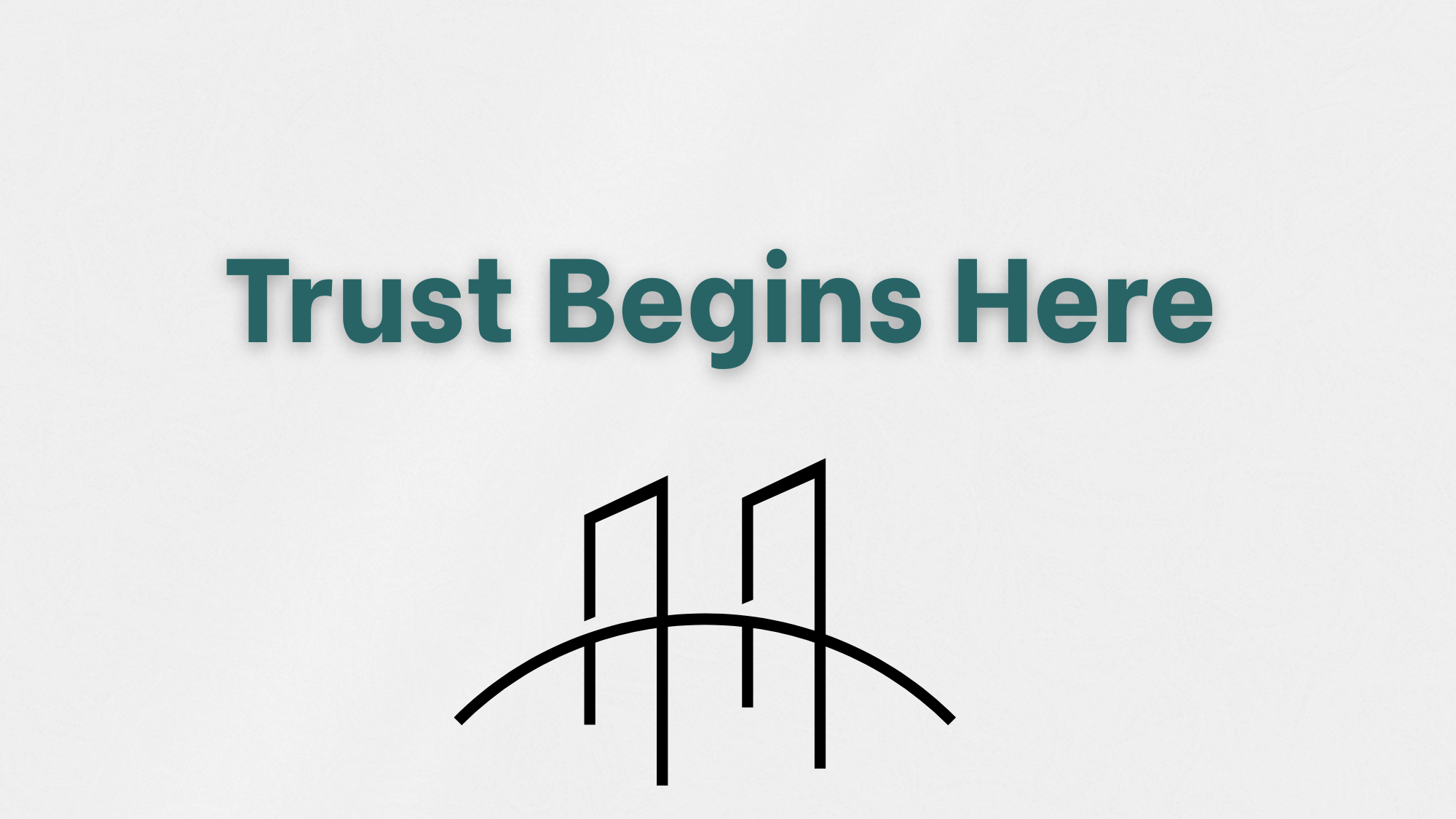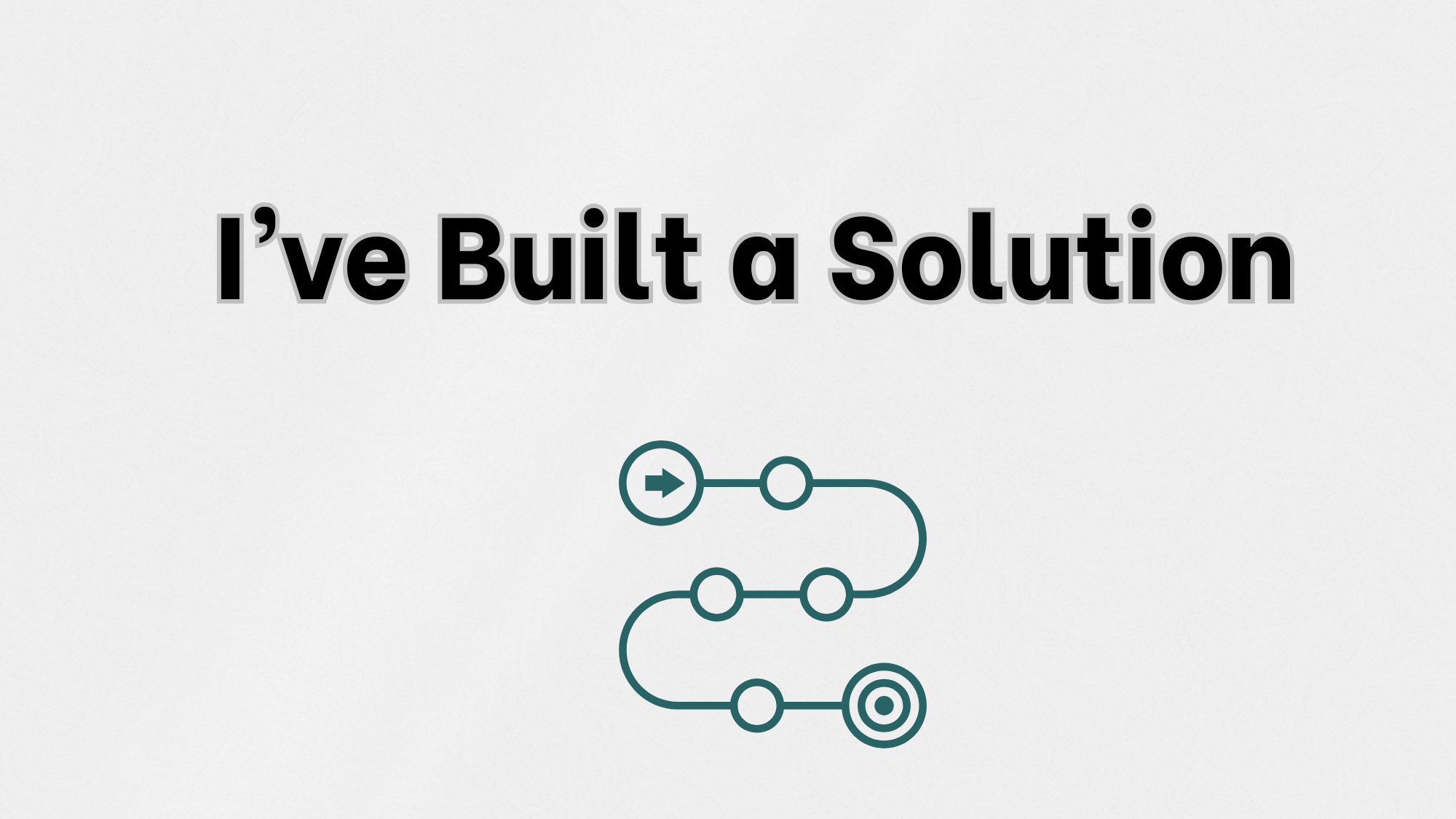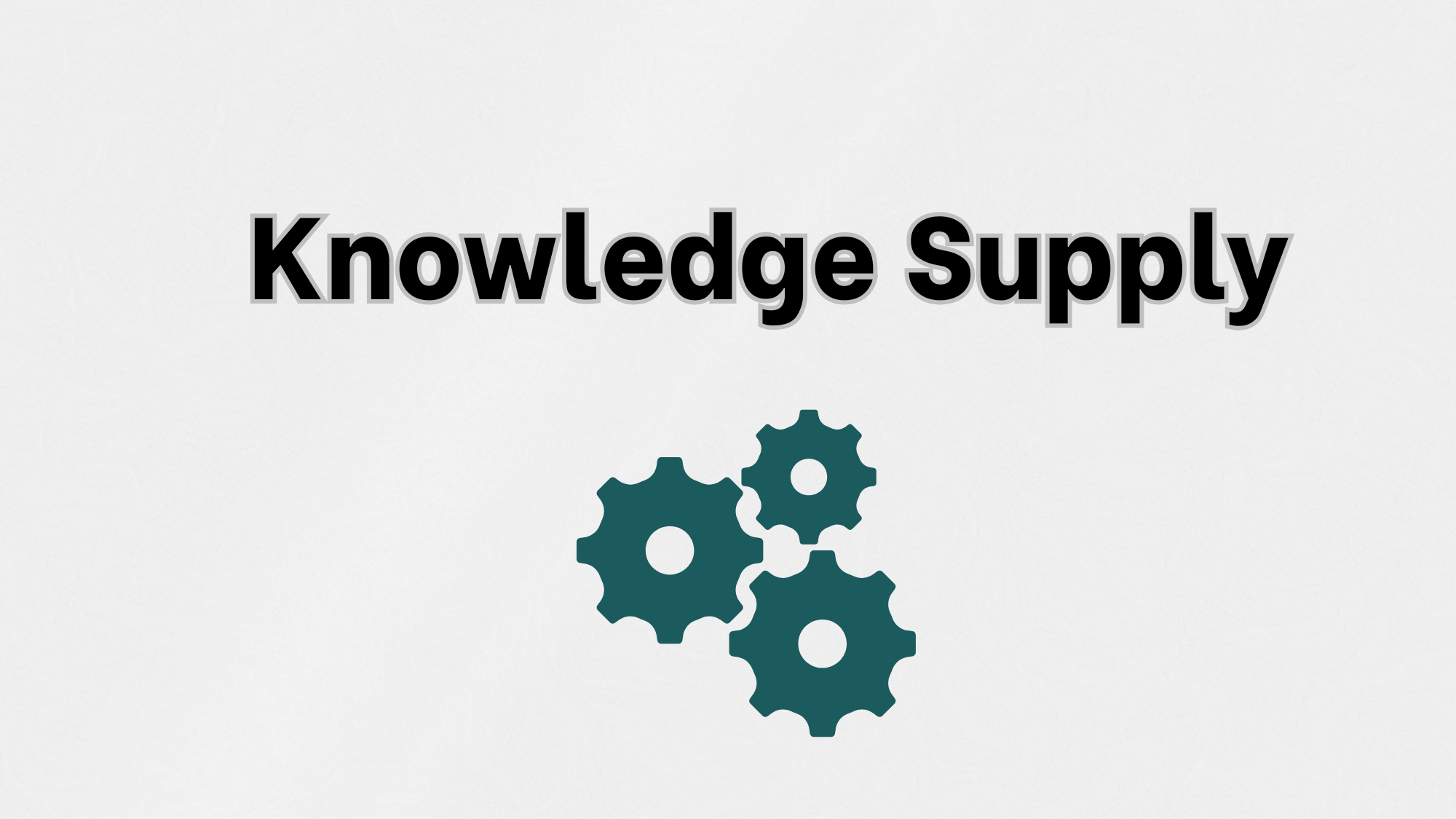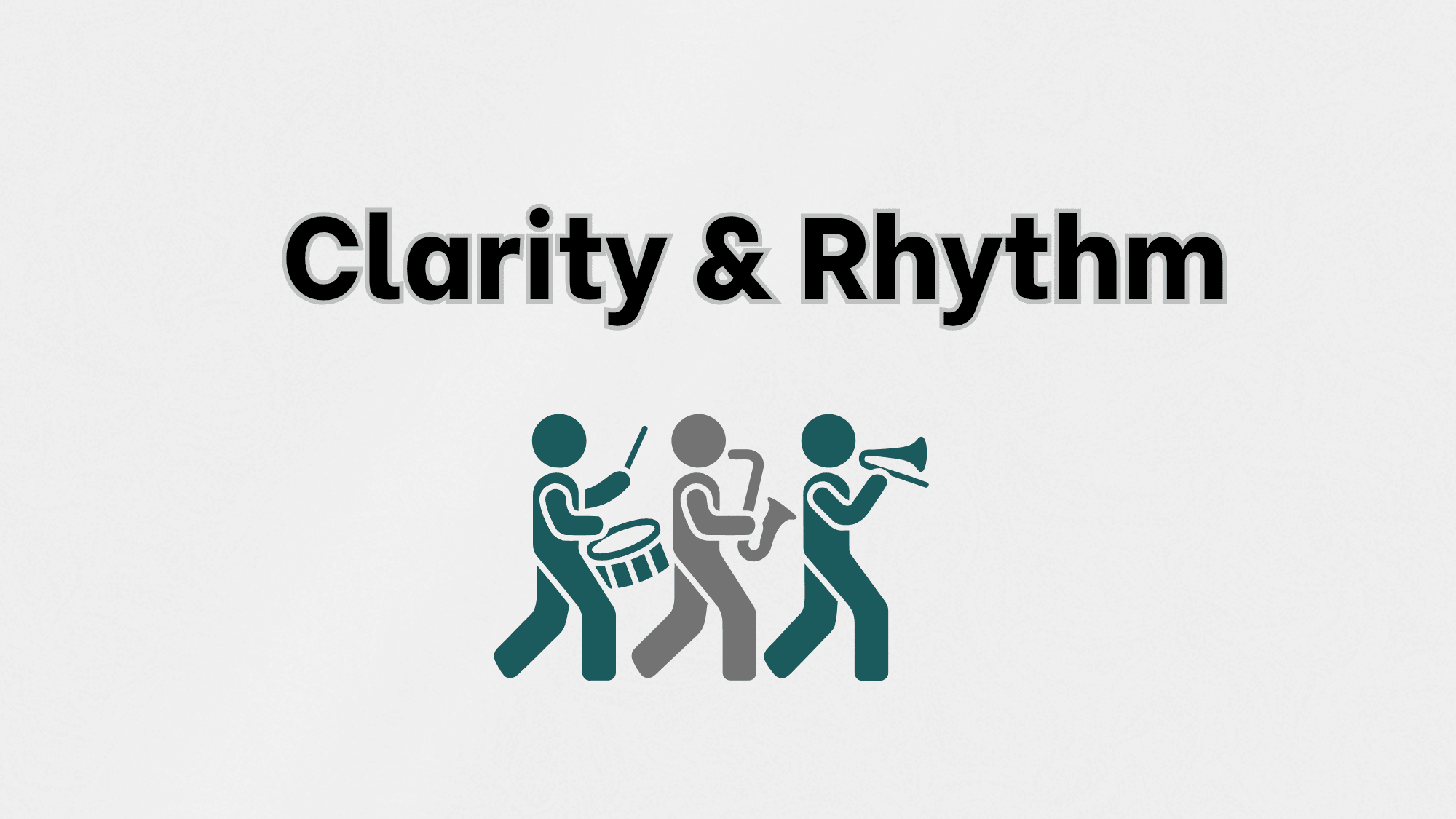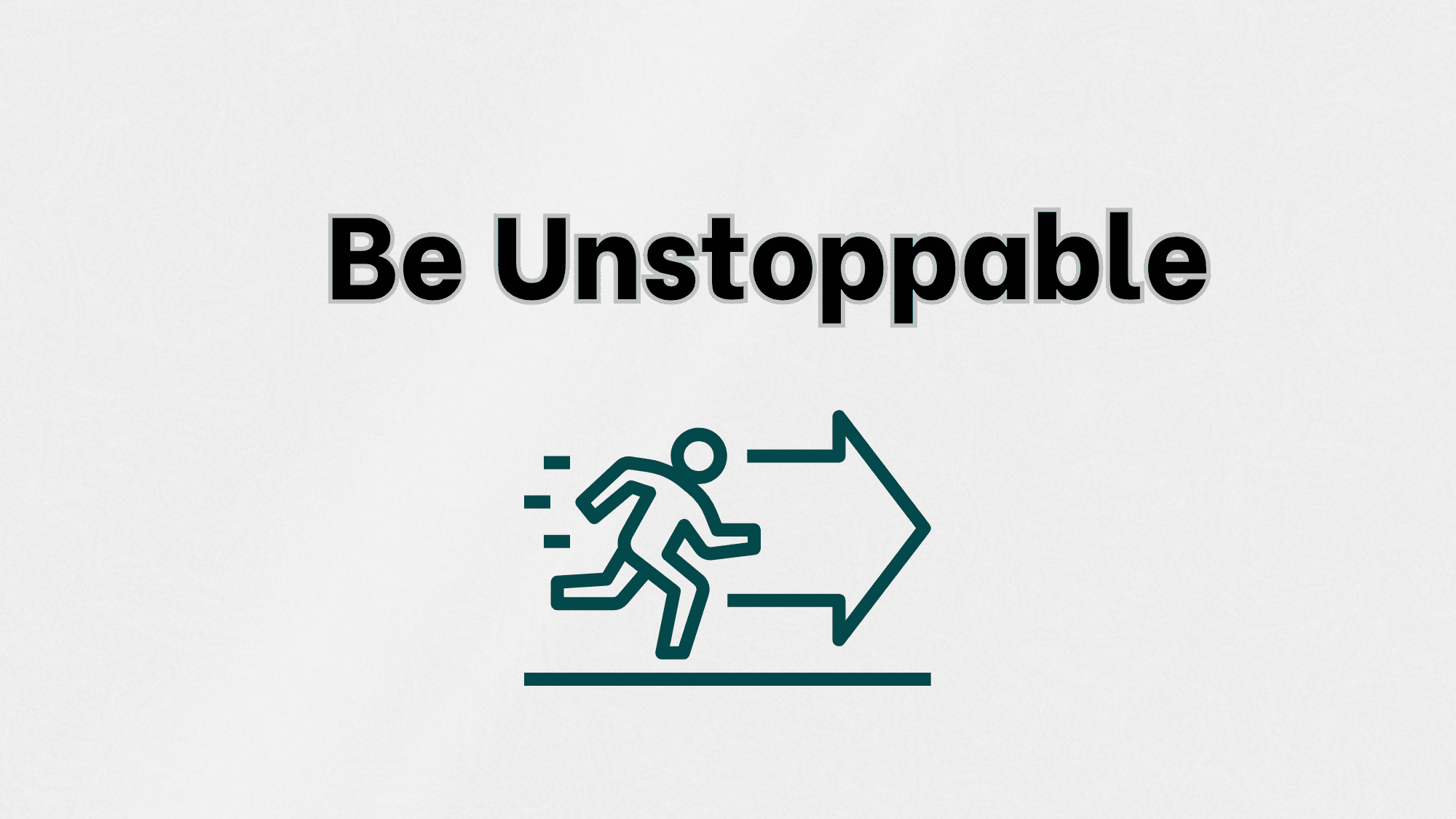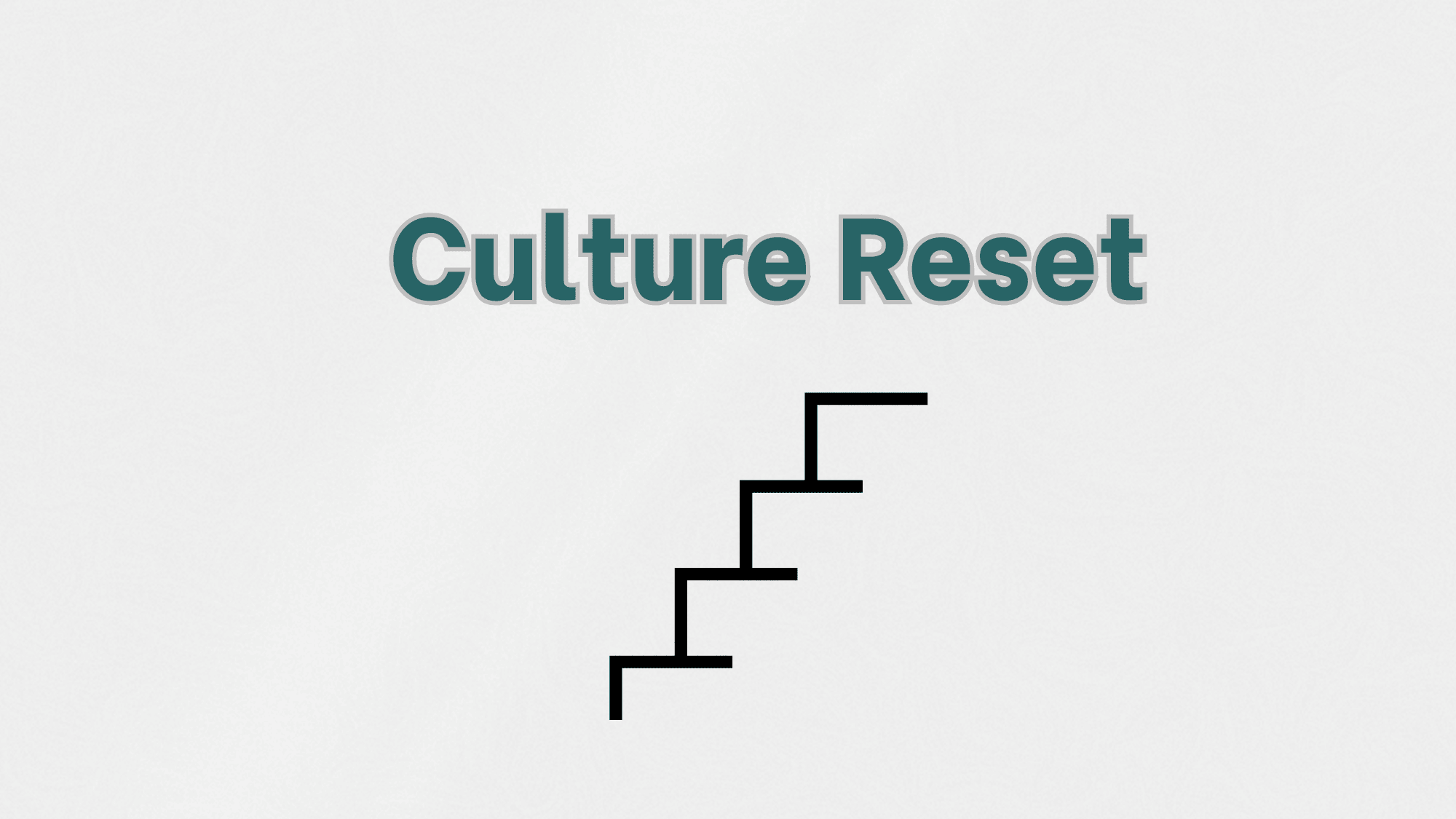This article by Kinga Vajda was originally published by Forbes Coaches Council. It explores how organizations often rely too heavily on generalized frameworks instead of designing roadmaps specific to their context, growth stage, and leadership capacity.
~Kinga Vajda, Agile Group Leader, Forbes Coaches Council
Last year, an investor asked me, “Why is it that when I talk to a company, the left hand doesn’t seem to know what the right hand is doing?”
I cracked a smile. This was my opportunity to break the news.
I told him every company should have an internal auditor—just like an author has an editor. Someone to make sure things actually work the way leadership expects them to.
At the end of last year, the Agile Alliance merged into the Project Management Institute. If you didn’t hear about this, that’s because barely anyone talked about it. As an Agile advocate, I wondered why. The only real talk about it I found was one article. I believe the undertone is that people think, “Finally! The PMI will give discipline and structure to those unruly Agile folks who never measure anything.”
Here’s the core problem:
When people hear “project management,” they think process, structure, admin work, low pay and compliance.
When people hear “Agile,” they think speed, efficiency, tech, trendy, no planning and unmeasurable chaos.
I disagree with both.
Before I explain why, let’s consider how companies measure, structure and execute work.
Who’s On First? We Measure What Doesn’t Matter
Traditional project management offices focus on specific initiatives or processes. They lack flexibility, so adaptability needs to be built in as a “buffer.” There have been attempts to measure objectives and key results under a business-focused PMO, but that typically is tossed aside quickly as Agile gets dismissed as trendy.
Agile transformations collapse because leadership can’t see its immediate value. The teams aren’t predictable; they have no idea how to plan or be transparent so things become a mess. Agile teams love the freedom. But leadership likes numbers that finance can track, so they quickly put an end to it.
We tried to label this again under “transformation offices” realizing that true lasting change is needed—embedded in the way we work together. That became HR’s fault and circled back to them. Or was it middle managers? It’s hard to know.
It’s been a game of hot potato. Nobody wins.
That’s because when we measure the wrong things:
• OKRs get twisted into confusing backflips instead of strategic progress trackers.
• KPIs become performance-beating sticks instead of real indicators of company health and success.
• Frameworks are used as reporting structures instead of tools to support the teams.
The result: Teams check out. Leaders stop trusting the data. Execution stalls.
Beauty In Harmony
As a kid when others were doodling, I was diligently practicing 3D shapes. You draw a shape, another of that same shape slightly off-kilter, connect certain points and shade. I could imagine things moving about. Suddenly, what was flat had depth, movement, possibility.
What if we could do that in the workplace? When all these frameworks are done right, they create momentum, clarity and execution rhythm.
My own experience bears this out. I’ve built OKR strategies to create clarity in what leadership wanted. I’ve forced decision-making from the top down while getting buy-in from the ground up.
I’ve gotten scrum teams that wanted nothing to do with transformation to engage and drive what felt like meaningful change. I protected them using data, analytics and real execution insights.
This works because it’s not about control; it’s about strategic empowerment. It’s about wanting self-organization for others, not for me.
It’s about being unbiased and providing visibility (those dashboards, scorecards, report cards) into everything leadership needs to protect their goals and make the decisions.
Imagining The Possibilities
Building a road map can be stressful in a complex and volatile world. Teams are disengaged, markets are changing and technology is rapidly evolving. How do you plan in this chaos?
We hear about being skills-based, but what does that even mean? How can you plan for something so fluid?
Here’s a path forward:
• Establish your baseline KPIs. Are you even meeting the fundamentals?
• Define what you want to improve. What’s your 2025 focus?
• Check whether you have an actual execution plan. If it’s not clear how to track it, you don’t.
• Consider whether you are evolving as a leader. Are you taking care of your people while pushing the business forward?
• Bring your team together and talk. Start being real. Give them time to uplevel their skills based on a road map you actually own.
Your Moment To Shine
You decided to be a leader. It’s your responsibility. Don’t be shy now.
Don’t abandon your people. Don’t capitalize on their loyalty.
You hired them. Be a great leader. Stand up by doing what is right.
The companies that will thrive will be the ones that stop measuring effort and start amplifying execution.
Final thought: Investors and CEOs, we need you to make a lasting impact. Take on the business agility challenge. All eyes are on you!
This article was originally published by Forbes as part of Kinga Vajda’s membership in the Forbes Coaches Council. Reprinted here in accordance with Forbes’ member guidelines.
View her author profile at: https://councils.forbes.com/u/bfd721bd-0e7e-4ac6-8ff2-ef595434dd2c

